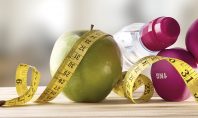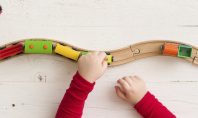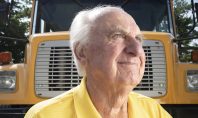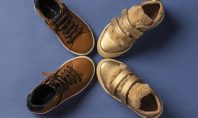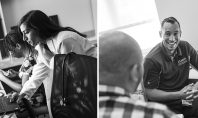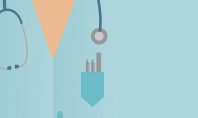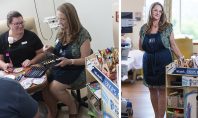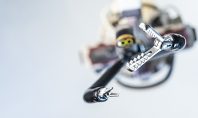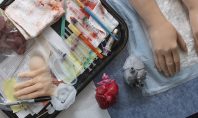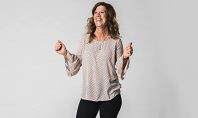Students Explore the Human Body
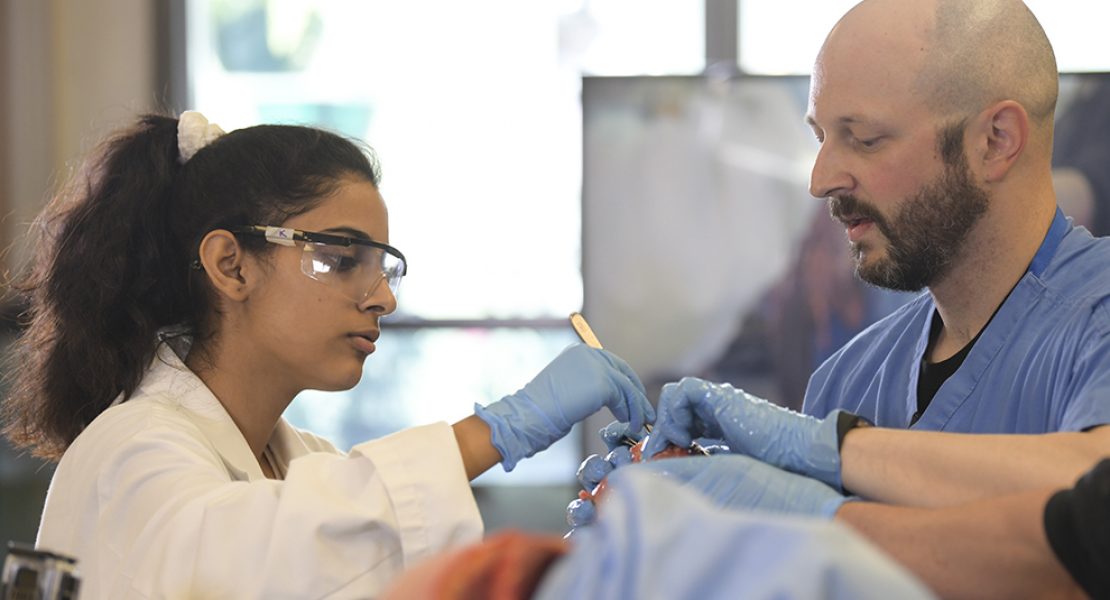
Earlier this year and under the guidance of orthopedic surgeons from St. Luke’s University Health Network, students at Parkland and Phillipsburg High Schools interested in medical careers had an exciting experience: the observation and actual participation in the dissection of a shoulder from a human cadaver.
At Parkland, it was part of the Project Lead The Way® human body systems class, a four-year national biomedical curriculum. Although the class had previously dissected organs of other species, this was their first encounter with an actual human body part.
“Leading up to the session, Parkland’s athletic trainers reviewed shoulder anatomy and discussed common injuries,” said orthopedic surgeon Daniel Heckman, M.D., of St. Luke’s Orthopedic Care. “Earlier, a sports-medicine specialist had a detailed presentation on injuries, and a St. Luke’s orthopedic specialist used one of our simulators to demonstrate arthroscopic rotator cuff repair.”
Two groups of 40 students attended Dr. Heckman’s session, but only a handful participated in the dissection. “They all volunteered for it,” Dr. Heckman explained. “They helped set up our equipment before the session, as well.”
The operation was rewarding for the students and the medical team.
“We all had lots of fun,” he said. “The students were very interested and enthusiastic about everything. They asked ‘how realistic will this be’? They found out—the physical ‘feel’ of the various tissues and the quality of the muscles are very similar to what they’d find in a live person. And the medical team could see it was making a real impression on the students.”
Dozens of students in an advanced anatomy class at Phillipsburg High had a similar experience with orthopedic surgeon Nicholas J. Avallone, M.D., of St. Luke’s Orthopedic Care.
The medical team could see it was making a real impression on the students.
“About 55 students observed the procedure, while 15 helped with the shoulder dissection, using scalpels, scissors, retractors, and other instruments,” he said. During the procedure, he pointed out the various muscles, tendons, bones, and joints, and led discussions about common shoulder injuries and their treatment.
“Many of these students represent the future of surgical and rehabilitative medicine, so it’s important for them to have this kind of early exposure. By the time they are practicing in the field, the technology and surgical instruments could be quite different, but the anatomy and physiology of the human body will be the same,” Dr. Heckman concluded.

